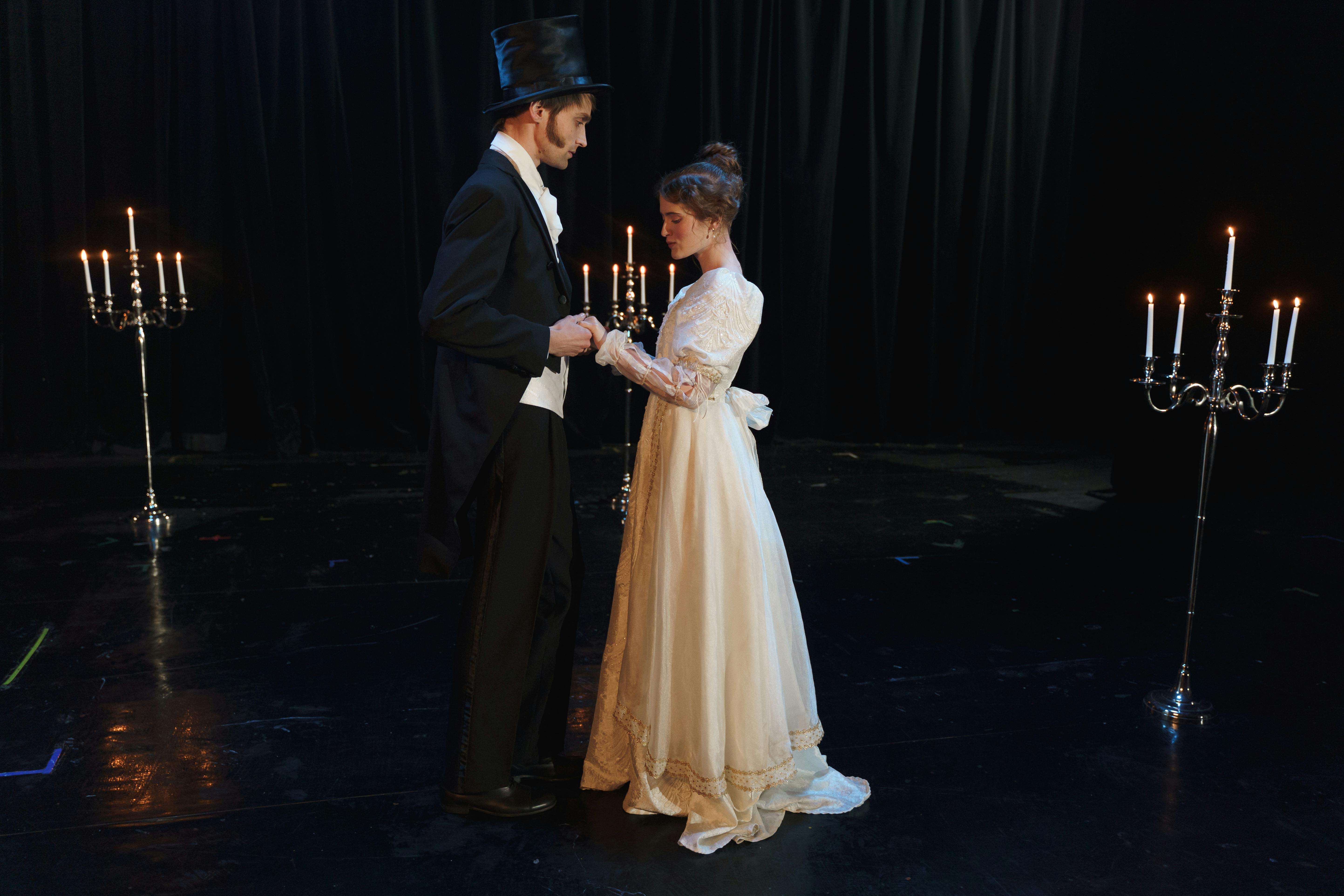The cultivation of plant life has been ingrained in human culture for thousands of years. Agriculture was one of the first key factors in the founding of cities and civilizations because this allowed people to create their own food sources without having to search for or collect existing food sources. With such dependence on agriculture during the rise and fall of human civilizations, it became natural for botanical gardens to be created to showcase the wonderful variety of plant species around the world.
The first primitive botanical gardens date back to the 8th century; however, the ones we know today first emerged in the 16th century, although they differed slightly and were typically referred to as tropical gardens. Perhaps the first truly modern garden of its kind was created at the University of Pisa by Ulisse Aldrovandi in 1544. The collection of plants was donated by the prestigious botanist who was a professor at the University. The origin of the botanical garden arose from the research of naturalists and botanists and, in general, they were founded by universities or scientific associations. These served as a research area for many scientists who wanted to learn more about plant life and information about species that can be found around the world.
Shortly after their formation, these tropical gardens became a symbol of cultural heritage and scientific prestige. During this time, in the 16th and 17th centuries, these became the first research fields for genetic studies. The crossing of plants in facilities such as the Royal Botanical Garden of Kew and the true Botanical Garden of Madrid attracted many researchers interested in learning more about genetic inheritance and how to breed new plant species. Throughout the 19th and 20th centuries, public gardens became very popular in England and helped to revive popular opinion about gardens.
The United States created its first botanical garden in 1730 in Philadelphia called Bartram’s Garden, however the most famous was created in 1859 called the Missouri Botanical Garden. The scientific uses of this garden were simplistic and mainly classified the plants for the public along with the distribution of seeds around the world for the consumers of the scientific community. This would lead to another period of popularity followed by a decline. However, in recent decades there has been another resurgence of these facilities in an attempt to conserve plant species whose habitats are in decline.
In recent years, botanical gardens have become an excellent source of plant conservation, educating the public and scientific communities alike, while raising funds for further plant research. The study of botany constantly finds useful new ways to use the chemicals found in plants for human benefit. Today there are more than 1775 botanical gardens around the world spanning 158 different countries. Ultimately, these facilities help preserve the beauty of nature in a way that can promote the conservation of delicate endangered species.




